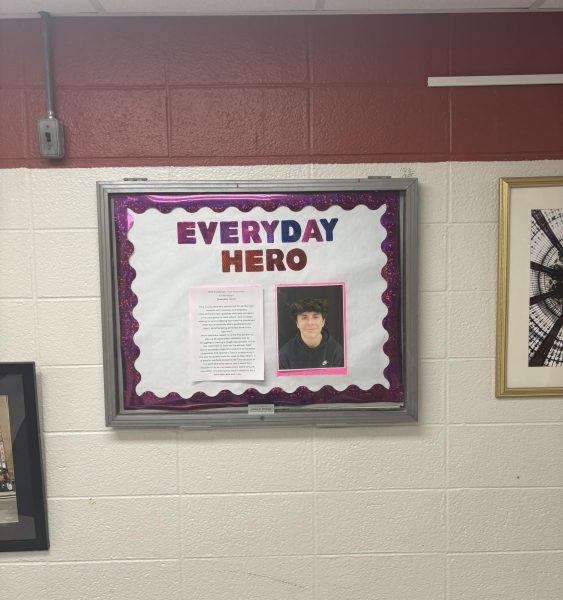Great Debate: Benefits of All-Virtual learning outweigh benefits of Hybrid
October 12, 2020
On March 13th 2020, President Donald Trump declared the Covid-19 virus a National Emergency. Immediately after, schools closed down, a travel ban was placed and American Citizens began quarantining for what they thought would only be a few weeks. Flash forward to today and we are still trying to live in this new reality of wearing masks, social distancing and staying at home. With there being around 42,000 cases in the United States, it’s a surprise to many on why school started again for the 2020-21 school year. Schools across the country are trying their best to make it as safe as possible for their students. From wearing masks all day to keeping a 6 foot distance apart from each other, schools think of that as safe. There are far more benefits to Virtual learning compared to Hybrid learning. These include cost advantages, course variety, career advancement and of course safety. According to weforum.org, students retain 25-60% more material online compared to 8-10% in a classroom. Virtual learning also requires 40-60% less time to learn. Even students that took the online option immensely prefer this way. When I interviewed an all virtual student, she confidently said, “Online school is definitely a better option. I don’t have to worry about the fear of getting sick everyday. I also find it weird that schools are open considering there is a higher number of cases in America compared to when we originally shut down in March.” (Gianna Annetta ‘22). This is true according to USA today, as children have been returning to classrooms across the country, many new Covid-19 cases are emerging. This has been as much as a 34% increase. These numbers have left schools with no other options aside from going fully online. Once these students go online, the number Covid-19 cases reduce leaving children far more safe. Schools are an important part of community infrastructure as they provide students with secure, supportive learning environments, hire teachers and other staff, and allow work for parents , guardians, and caregivers. By offering essential services, including school meal programs and social , physical, behavioral, and mental health services, schools also help to reduce health inequalities. However, it is necessary to consider if this is the best decision for everyone involved. This includes what will be the best and safest way of schooling for each individual person. In times like these, it is extremely necessary to understand that going to inperson school may not be the safest and most efficient way to learn and go to school.












